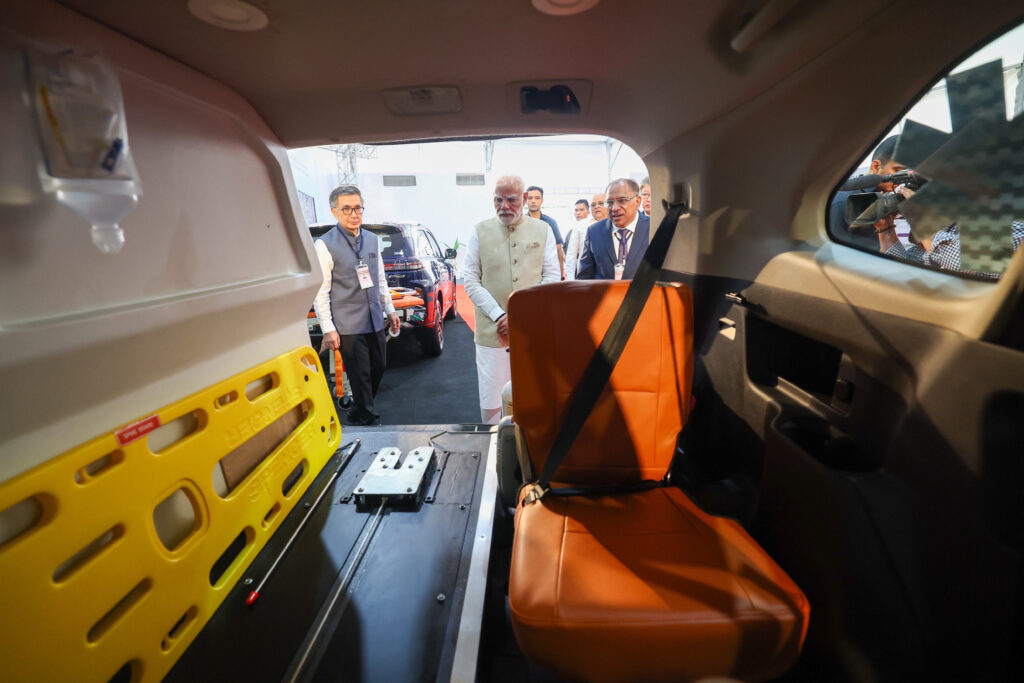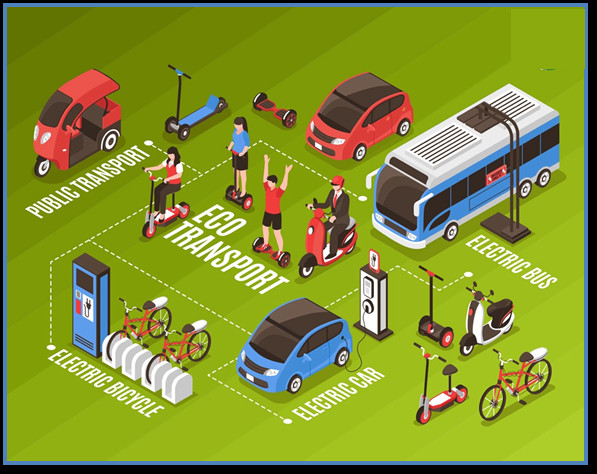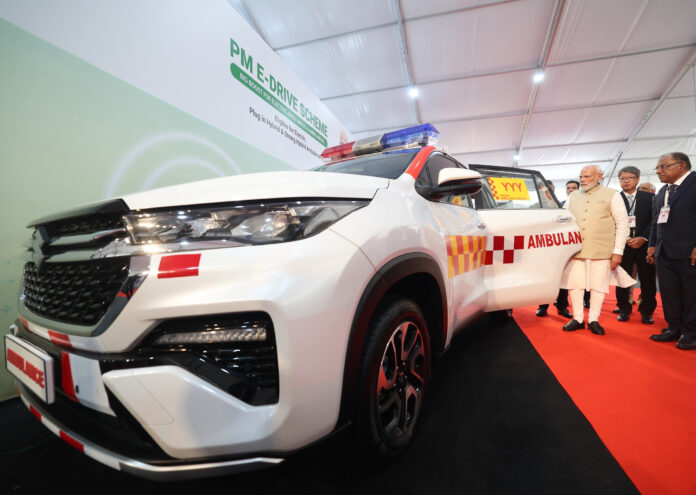India has moved from ambition to execution: renewable are already large and still growing, EV adoption at home has crossed into the millions, and for the first time we’re seeing the country stitch together exports (made-in-India BEVs), battery-component making (electrodes) and public charging rollout in the same time frame.
That does not instantly make India a global top-tier manufacturer – China’s sheer scale in cells, materials and chargers remains dominant, and the US/EU are powerful markets and technology hubs – but India has chosen the right three levers: demand, selective manufacturing, and charging infrastructure. If these levers keep being pulled together – cheaper cells, more chargers, and competitive exports – India can move from being an EV market of large promise to a credible global supplier in selected segments over the next five to ten years.
India has quietly shifted from talk to action on electric vehicles. Prime Minister Narendra Modi opened Suzuki’s Made-in-India e-VITARA – the plant in Ahmadabad is set to export these BEVs to more than 100 countries – and a Toshiba-Denso-Suzuki joint venture has started making key battery parts (electrodes) locally, pushing most of the battery value into India. On the road, the country already had about 56.75 lakh electric vehicles registered by February 2025, and 11.49 lakh electric two-wheelers were sold in FY 2024–25, signalling rapid everyday adoption.
The government is backing this with money, factories and chargers. Big programmes (PM-E DRIVE, FAME, PLI schemes and PM eBus Sewa) together support large purchases and local industry – for example, PM-E DRIVE (a Rs.10,900 crore push) has helped about 24.79 lakh e-two-wheelers, 3.15 lakh e-three-wheelers, 5,643 e-trucks and 14,028 e-buses with subsidies; PLI-Auto has pulled in about Rs.29,576 crore of investment and created nearly 45,000 jobs; and the government has sanctioned Rs.912.5 crore to install 9,332 public chargers (with 8,885 already live as of 30 June 2025). There are also schemes to encourage high-end EV makers to set up here and a target to reach roughly 30% EV penetration by 2030 – all of which together mean India is trying to turn growing domestic demand into homegrown manufacturing and the basic charging network needed to make EVs practical for more people.

India Vs a Vis China, US and EU
Despite much smaller in scale compared to China, India has carved its place on clean energy map and is there to because of its robust policy push. It is moving from promise to scale. According to UNFCCC and Ministry of New and Renewable Energy, Indian government has set clear goals – notably to reach about 50% of installed power capacity from non-fossil sources by 2030 and to achieve net-zero by 2070. Its renewables build up is real. The cumulative solar about 119 GW and wind about 52 GW it is geared to meets its target of 170 GW and large renewables on the ground. That steady capacity growth, plus policy nudges, means independent trackers now say India is on track to meet or even exceed the conditional parts of its 2030 pledges if current momentum continues.
What changed this summer is that India is not only adding green electrons, it is starting to make and move green vehicles and key battery parts: the government announced home-grown BEV (big electric vehicle) exports, the e-VITARA. A Toshiba-Denso-Suzuki JV has begun production of hybrid battery electrodes in Ahmadabad. Electrode is a key battery component that carries large cost and supply-chain weight. At the same time the state has earmarked funds to roll out thousands of public chargers, 9,332 to be precise. which add to already installed 8,885. The supply chain, production and basic charging infrastructure are all being pushed at the same time. These are concrete building blocks that push India from policy statements into industrial and consumer reality.
Comparing China, US and EU
China is still a leader and dominates battery manufacturing, raw material processing and charging roll-out. Recent industry trackers show China recovering the top spot in global lithium-ion battery supply-chain ranking. China also added millions of chargers last year, China’s 2024 additions included around 830,000 public chargers plus millions of private points. Compare this with India’s 18,000 something. For sheer volume of cells, chargers and OEM output, China is far ahead. That means China sets the price and availability rhythm for batteries worldwide.

The United States has strong markets and fast networks but remains weaker in battery manufacturing and quality. The US is building a large public fast-charging network and has strong demand and software, ecosystem play in shape of fleet electrification, charging operators, and financing. But it still imports most battery cells and active materials; domestic cell capacity is growing but has not yet touched China’s scale. But the strength of the US is market demand, capital and grid investment, rather than cheap, high-volume cell manufacturing.
European Union has a robust policy muscle and automaker transformation but its reliance on imports is still substantial. EU pushes stringent CO₂ rules and its automakers are rapidly electrifying fleets. It scores high on regulation, EV sales share in some markets, and charging policy. But like the US, Europe depends heavily on Asian supply for battery cells and precursor materials, even while it builds local cell plants.
India is not yet in the same league of absolute volumes as China, the US or EU. But the pattern matters. India is combining (a) fast retail adoption with tens of laths of EVs on the road, (b) targeted industrial push with Production Linked Incentives (PLI) and the electrode production), and (c) fresh infrastructure money for thousands of public chargers plus e-bus depot funds. The mix of build demand, secure key components and expand chargers is the textbook route from buyer to maker. The electrode JV is especially important because electrodes are a big share of battery cost and technology know-how. Local electrode production reduces import dependence, shortens supply chains and makes it easier for Indian plants to assemble or make full cells domestically over time.



